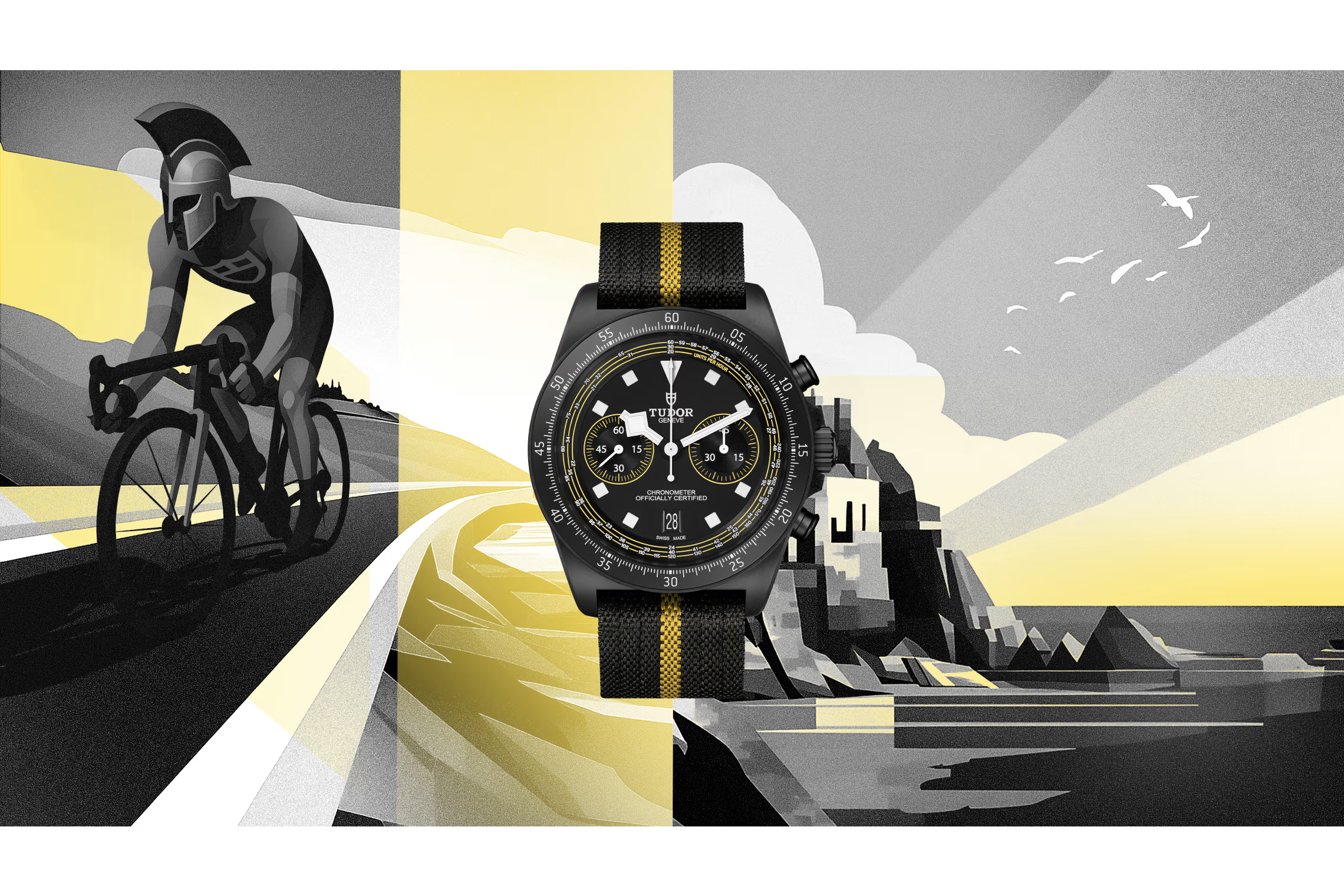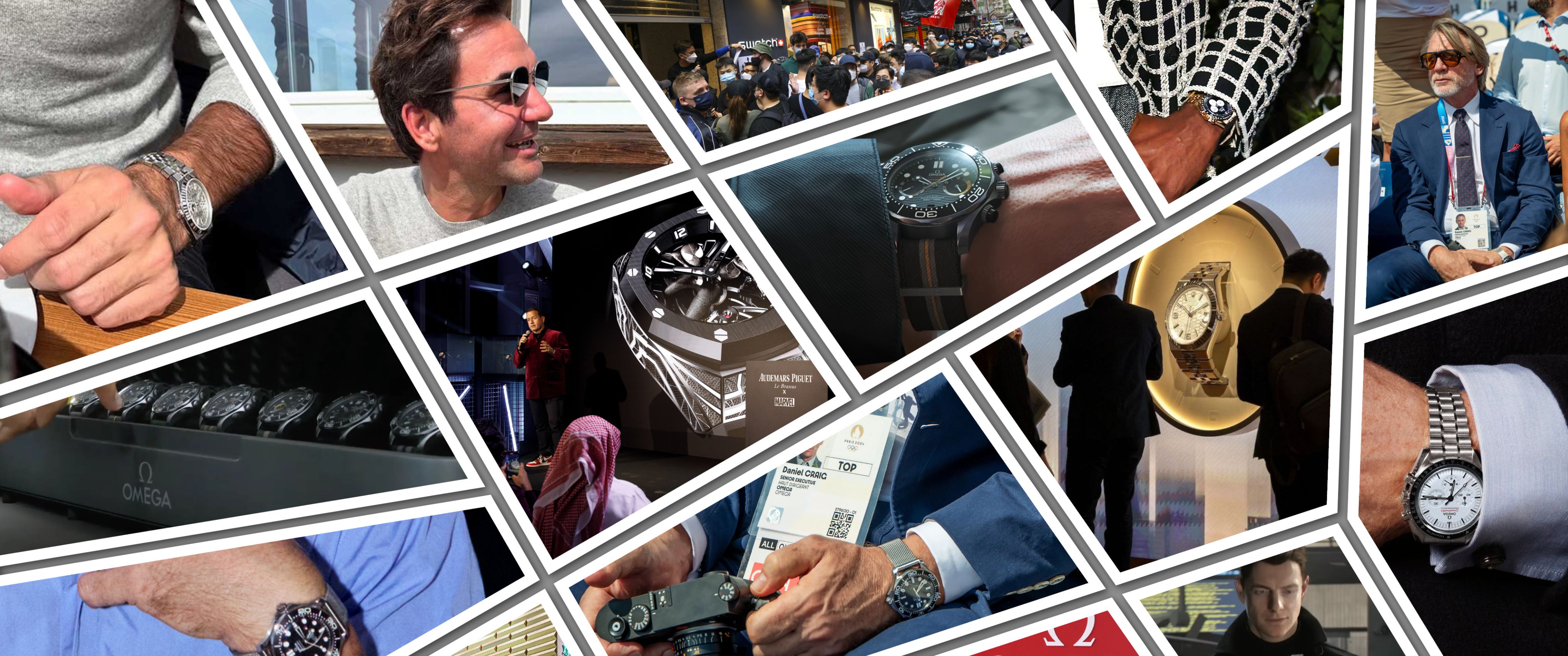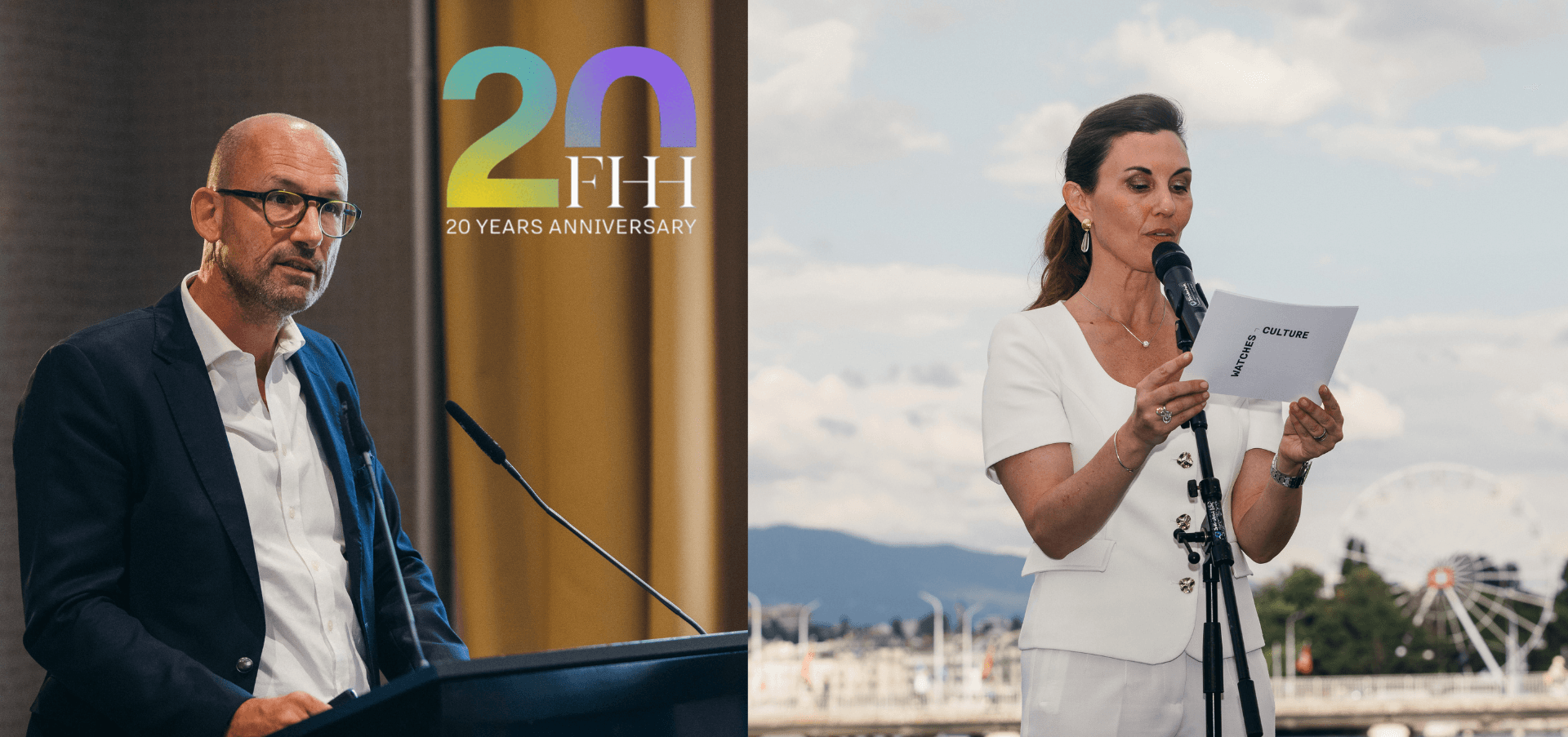Destruction, Determination and World Domination: The story of A. Lange and Sohne
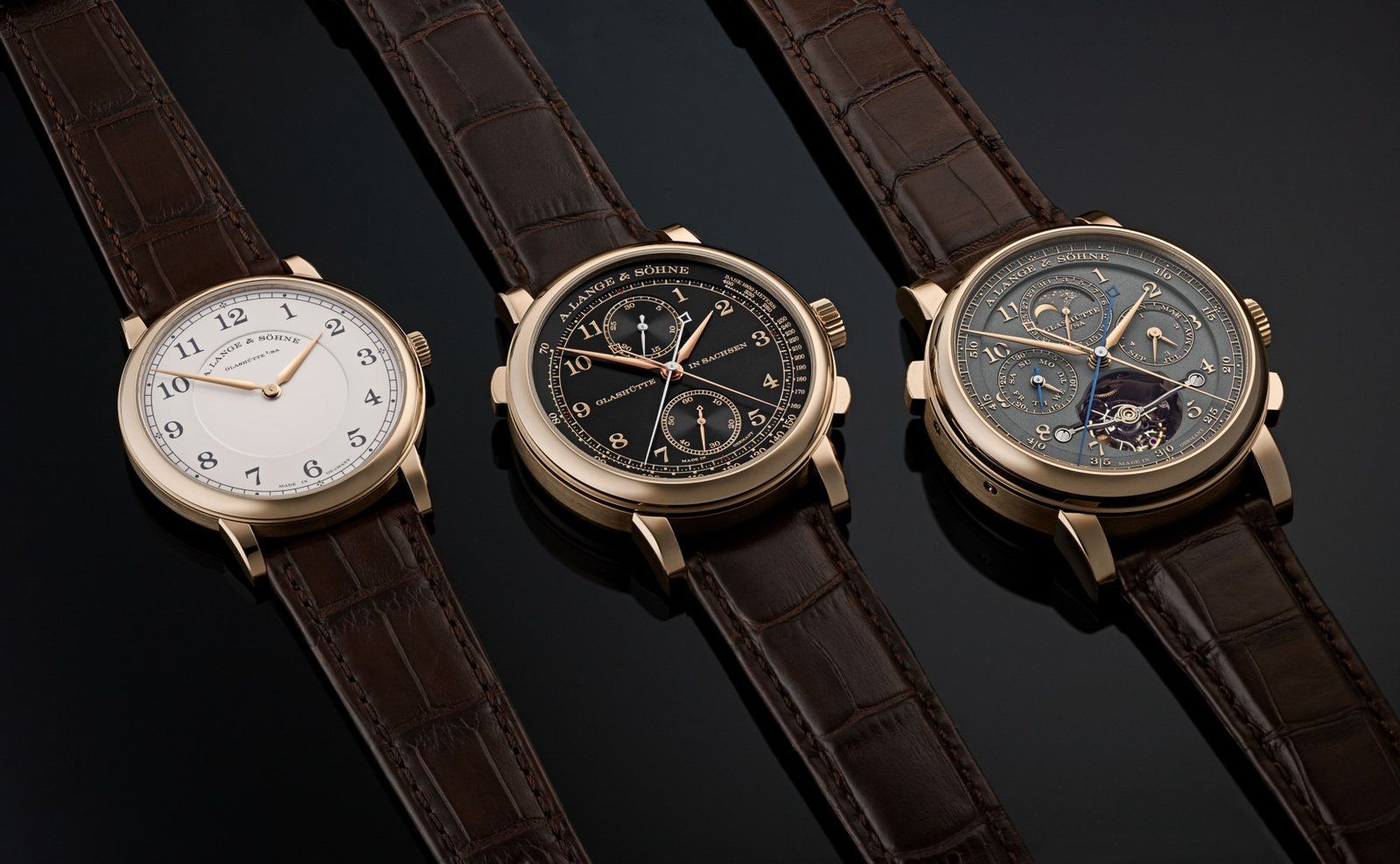
It is the story of German ingenuity, craftsmanship, and excellence in the face of adversity. A. Lange and Sohne has a long and prestigious history, dating back to 1845 when it was founded by Ferdinand Adolph Lange in Glashutte, Germany. The company was one of the first watch companies to bring precision watchmaking to Saxony.
The Roots and Rise of A. Lange and Sohne
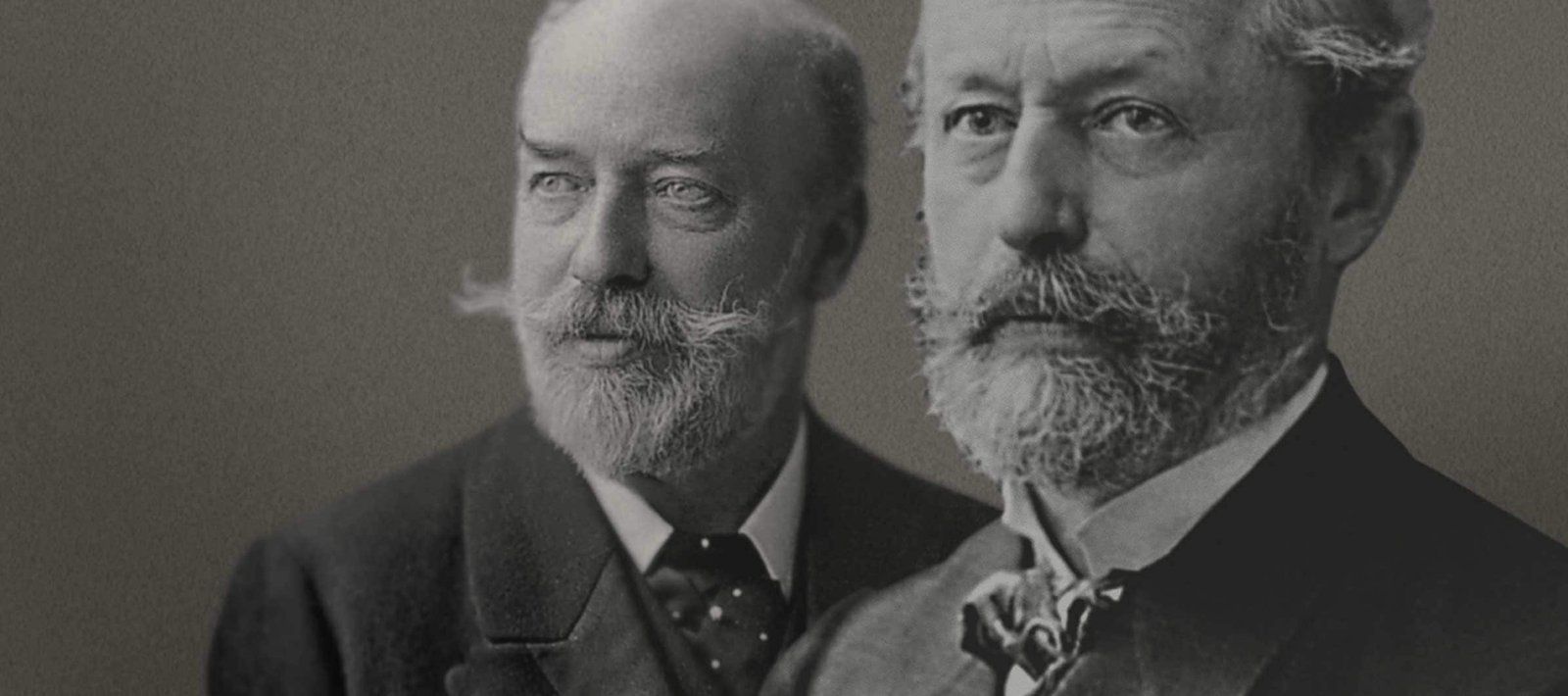
Lange was born into a family of skilled artisans, and he apprenticed under some of the most renowned watchmakers of the time for a decade. After completing his training, Lange set out to build his own watchmaking empire in Saxony. So, in 1845, A. Lange and Cie was launched. He recruited the best watchmakers in the region and invested heavily in the latest technology and machinery.

Under Lange's leadership, A. Lange and Cie quickly became one of the most respected watch brands in the world. In 1846, Lange invented the three-quarter plate design that continues to form the basis of the brand's movements today. He also introduced the millimeter to watchmaking and became the mayor of Glashutte in 1848. His impact was widespread and evident.
The company's timepieces were known for their precision and beauty, and they were favored by royalty and dignitaries around the globe, including the King of Bavaria. In 1868, his son Richard joined the business and in 1871, his other son Emil did, too. The company’s name was changed to A. Lange and Sohne, or A. Lange and Sons. The sons combined their artistic and marketing skills to help the company scale new heights.
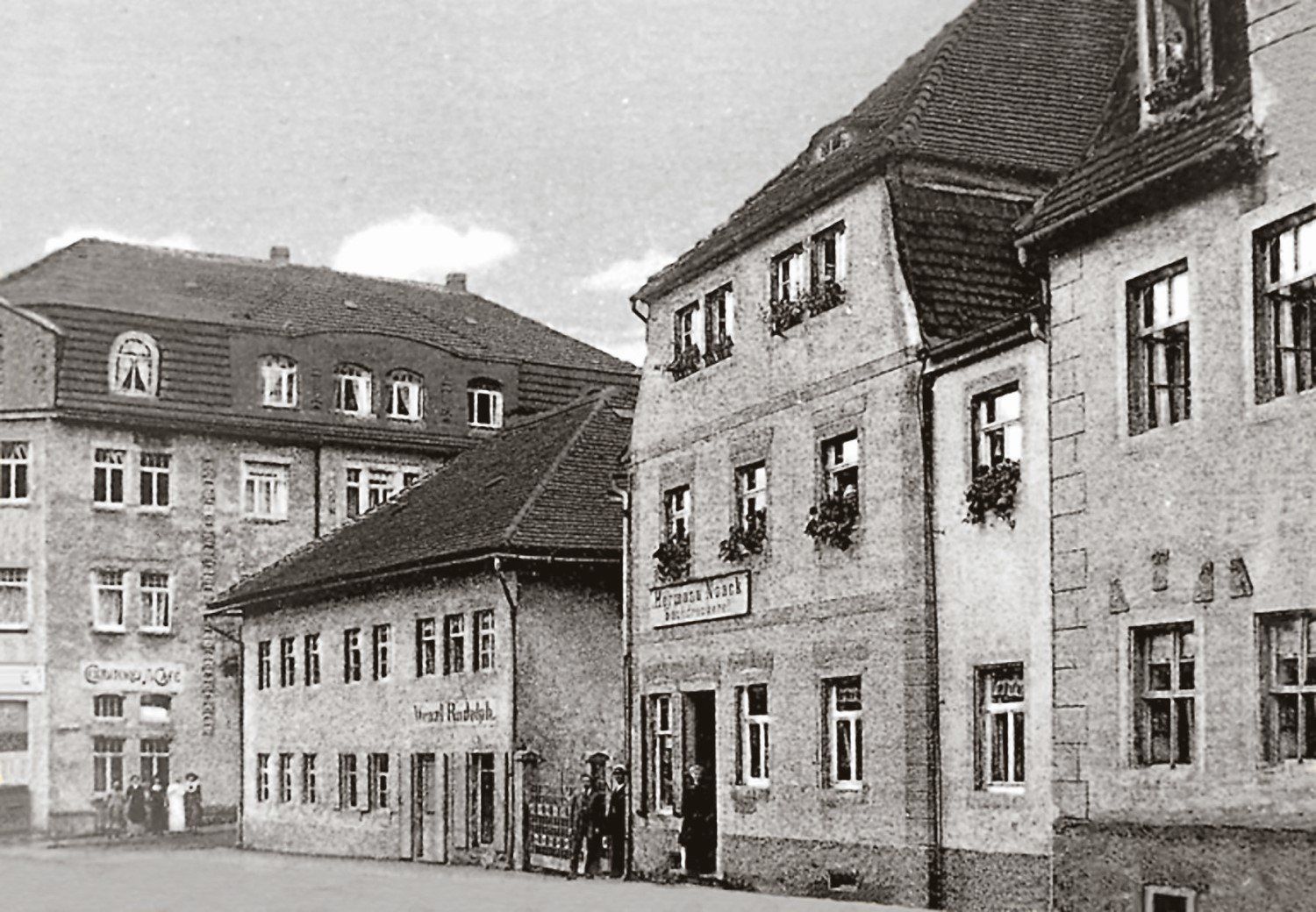
In 1875, Ferdinand Lange died, thus passing the company entirely on to his sons. They paved the way for many new patents for the company and even created the Grand Complication No. 42500, an exceptionally complicated pocket watch that was manufactured as a one-off.
The Manufacture continued to thrive under the leadership of the Lange sons, but its success was interrupted by the outbreak of World War I.
The Consequences of War

In 1914, World War I began, and Germany was soon embroiled in a conflict that would last for four years. The war had a devastating effect on the German economy, and the watch industry was hit hard. Many of the company's clients were now enemy soldiers, and A. Lange and Sohne lost a large percentage of its business.
In 1918, the German government nationalized all of the country's watchmaking companies, including A. Lange and Sohne. The company was forced to produce watches for the German military, and its output declined significantly.
After the war ended, A. Lange and Sohne was able to resume production of its luxury timepieces. However, the company was now operating in a much different political and economic climate. The global economy was in turmoil, and Germany was in the midst of an economic crisis. Inflation was rampant, and the country's currency was virtually worthless.
After the Second World War, Germany was divided into two separate countries: East Germany and West Germany. A. Lange and Sohne was located in East Germany, which was controlled by the Soviet Union. The brand was once again nationalized.
At the time, in 1941, Walter Lange, the grandson of Ferdinand Adolph Lange, attended a renowned watchmaking school in Karlstein. On the final night of war, in 1945, as fate would have it, the company's buildling was bombed, thus removing any trace of A. Lange and Sohne. The company's watchmakers were dispersed, and many of them emigrated to West Germany. Ferdinand Adolph Lange died in 1948, and the company seemed destined to disappear forever. It was a devastating blow, but not one that the company couldn't recover from.
Resurrecting the Brand

Come 1989, Germans started celebrating the fall of the Berlin Wall. East and West Germany reunited, and it was time for A. Lange and Sohne to make a comeback after 40 years. So, in 1990, Walter Lange officially relaunched A. Lange and Sohne with a new collection of timepieces along with his friend and business partner Günter Blümlein. In Glashutte, Saxony, a new watchmaking facility was built, and the company began producing some of the finest timepieces in the world once again.

In 2000, the Richemont Group acquired A.Lange & Söhne. Over the years, the Manufacture has created many iconic timepieces that add immense value to any mature watch collection, including the Langematik, Zeitwerk, Datograph, Lange 1 and the new sporty addition the Odysseus.

Today, A. Lange and Sohne is widely considered to be one of the finest watchmakers in the world. Its timepieces are prized by collectors and connoisseurs for their beauty, precision, and engineering excellence.
The brand’s history is rich with tradition, and its watches are the embodiment of German craftsmanship and engineering at its finest.
No articles found

